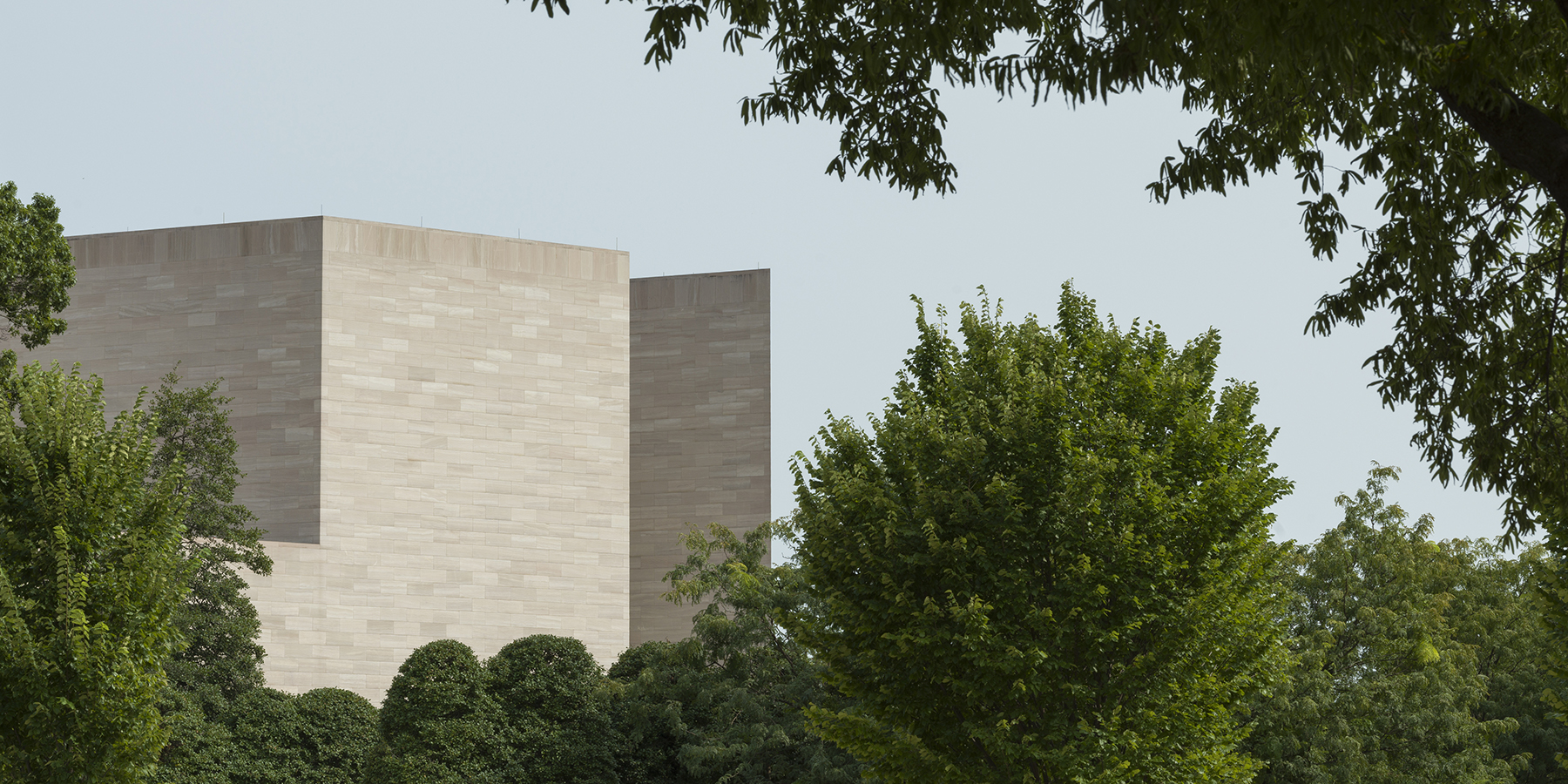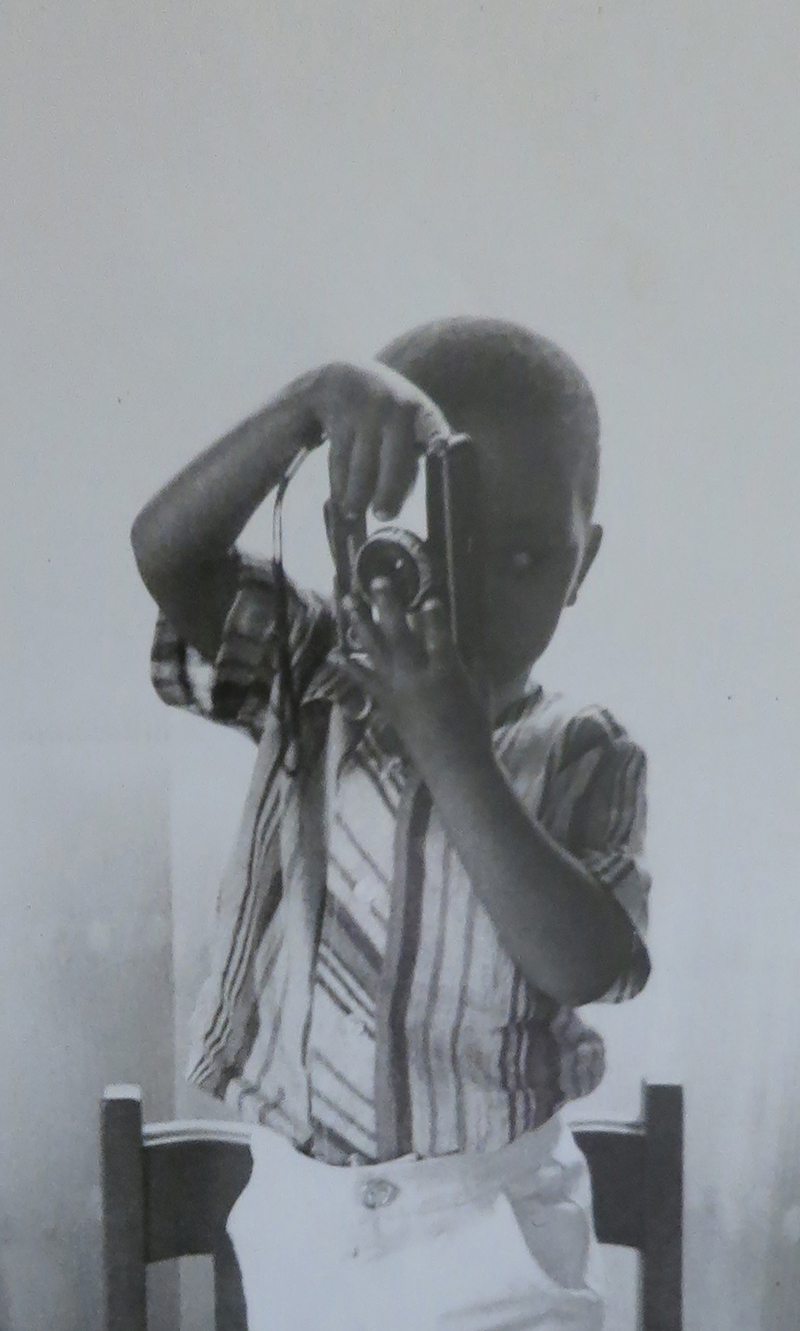My work at the Center was based on my research since 2010 with families and their collections of photographs in South Africa’s Black urban neighborhoods, part of a larger project to develop de-colonial strategies for rethinking popular and private image-object forms as the global art market attempts to co-opt them. While in residence during summer 2021, I used the resources of the National Gallery’s library to gather and study recent academic publications and exhibition catalogs on so-called “vernacular” photography, works that I had been unable to access during the first year of the COVID-19 pandemic. I also began, and completed, a short, book-length manuscript entitled “Sample Album/How do we look?” that experiments with new kinds of voicing for the types of portraits and snapshots made and collected by families. I built this manuscript in stages, using a novel montage format to allow for multiple layers of social and aesthetic interpretation. The work is a combination artist project and academic discursive exercise, intended to open new, more ethically balanced perspectives on private photographic modes of experience.
There are no chapters in the conventional sense. Instead, the book opens with a “Sample Album,” 21 word/image juxtapositions where texts are interwoven with sequences of images. It combines images of family photography in situ, transcribed interviews with sitters, and close visual descriptions, followed by an extended afterword that explains and problematizes the viewing context of the book itself. This structure sets up an ethical relationship with readers by inviting them to share—and to think through—an intimate viewing situation. It places them within the circle of looks. The second part of the book, “How do we look?,” explores why people may not want to share their images with strangers in the first place. I argue that the right to opacity is an urgent concern to be approached with care, especially when looking at Black subjects of “vernacular” photography, and further that considering refusal is also a way to understand how people have lived with and through their images. Overall, the book speaks to universal experiences of photography but also to specific understandings unique to South Africa. It shows how people survived apartheid through their self-images and explores new methods to engage with highly personal uses of photography, which are in fact the most common uses of the medium. My next step will be seeking a publisher willing to risk commitment to the kind of nonconventional creative form of scholarship that I experimented with while at the Center.
Ramapo College of New Jersey
Paul Mellon Visiting Senior Fellow, summer 2021
Dr. Peffer will return to their position as associate professor of art history at Ramapo College of New Jersey.

